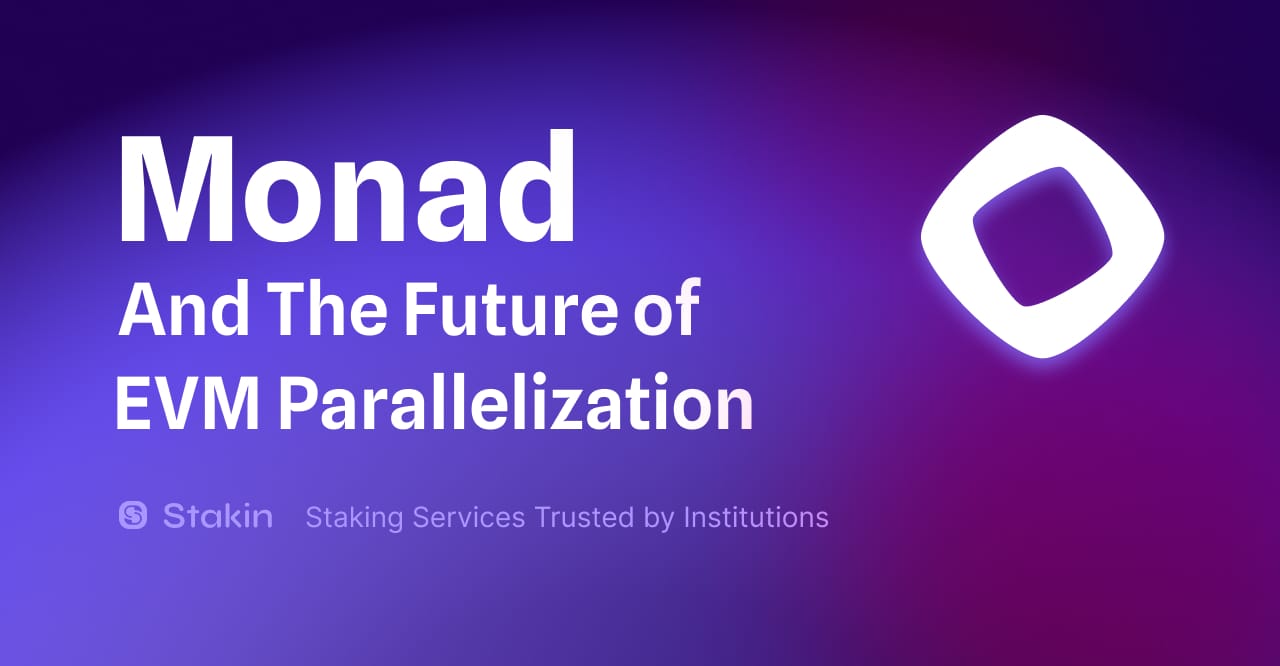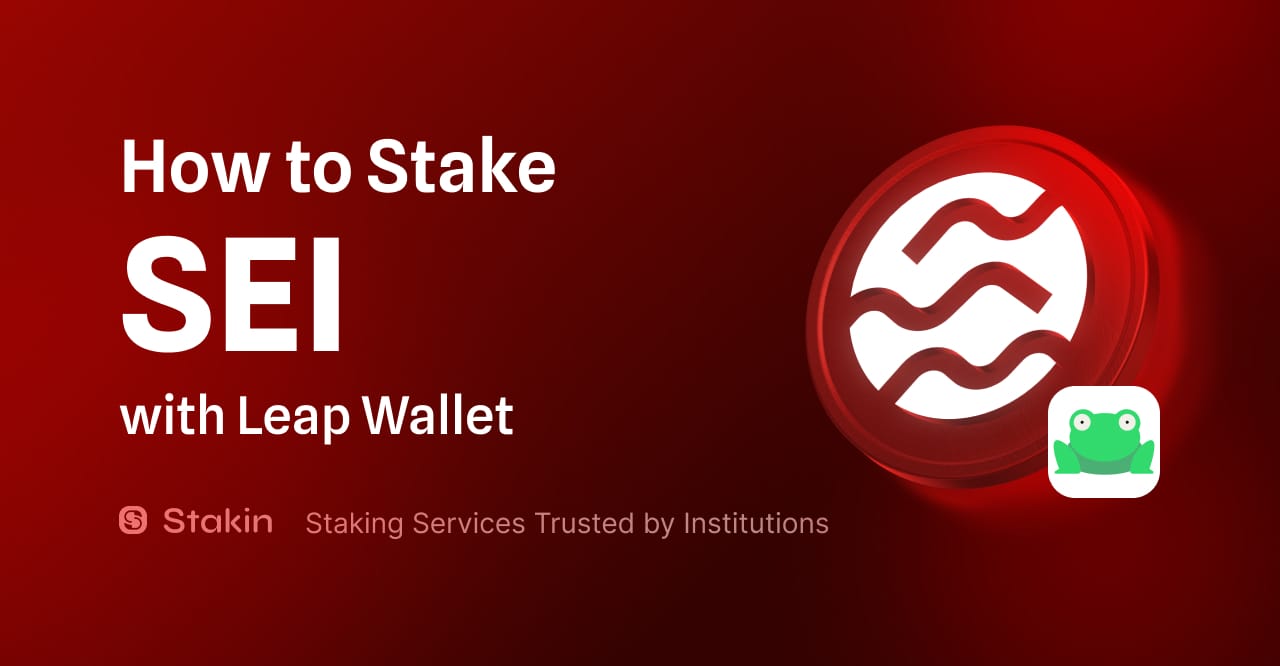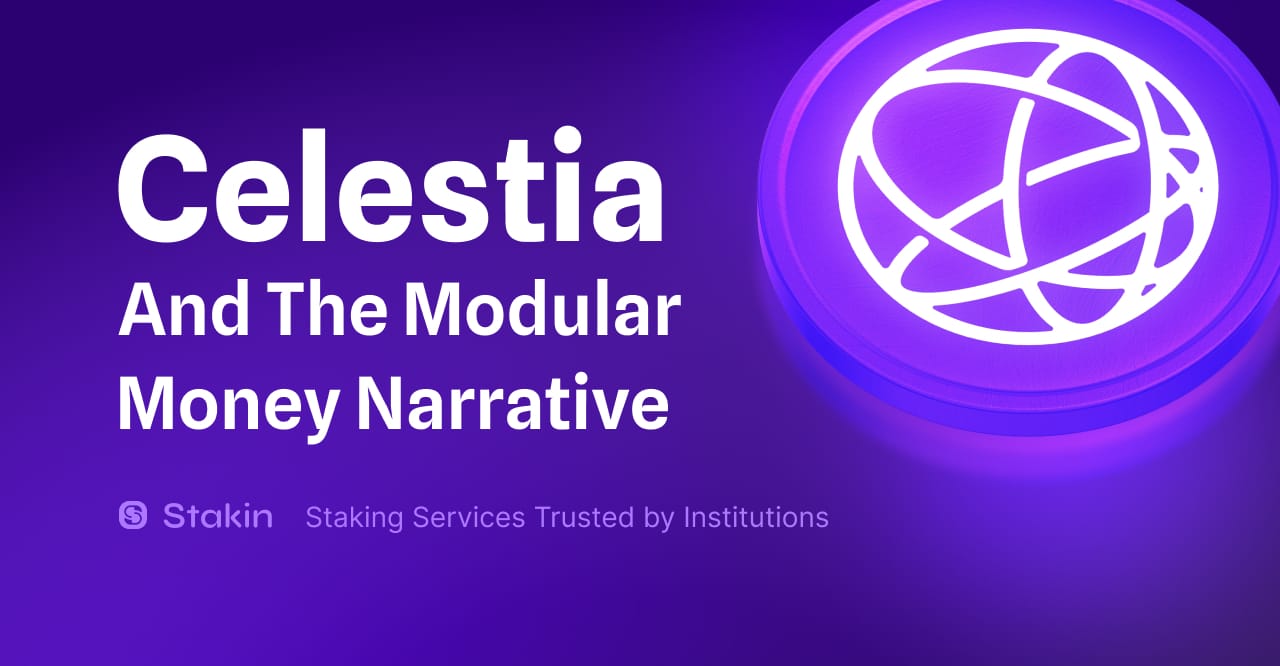Synternet (formerly known as Syntropy), also known as the data layer of Web3, is building an on-chain streaming oracle, providing a decentralized and scalable way to access, retrieve, and interact with real-time blockchain data.
The problem
A decentralized Internet, Web3’s core promise, is still an ongoing pursuit. Most dApps (decentralized applications) are centralized at their core. The data they use originates in a decentralized fashion but travels through centralized databases. Most dApps still depend on a “traditional” Web2 solution: an application programming interface (API) created and controlled by a single data provider entity.
The Solution
The Synternet Data Layer protocol defines the authentication of entities engaging in the protocol, authorizing access for various economic actors to perform their roles, and accounting for the data enforced through on-chain consensus.
You may also be interested in:
With Synternet, anyone can become a provider in the open market for Web3 data. Token holders decide which providers are reliable and, therefore, worth rewarding based on the quality of the data they provide and their general performance. Tokenization of relationships between data providers and consumers is thus the most unique feature of Synternet Data Layer protocol.
Conceptual overview of the Synternet protocol
The Synternet protocol consists of three main components:
- The Publish-Subscribe protocol (and its SDKs)
- Application-specific chain (app chain) with utility token
- Data Layer tokenomics
- The Publish-Subscribe Protocol
Publish-Subscribe (PubSub) protocol provides a framework for exchanging messages between Publishers and Subscribers. The PubSub protocol used in the Synternet Data Layer is a wire-compatible fork of NATS (an open-source technology that enables applications to securely communicate across any combination of cloud vendors, on-premise, edge, web, and mobile devices).
- Application-specific Chain
The chain is a synchronization layer responsible for reaching agreements between the parties and facilitating proper accounting and payment infrastructure. Each application-specific chain implements an elaborate staking and incentivization mechanism that ensures all parties act in their best interest while protecting the system from malicious behavior.
- Data Layer Tokenomics
The influx of value to the system is brought by Subscribers who are directly or indirectly responsible for all rewards earned within the protocol. Therefore, the Data Layer tokenomics puts more emphasis on catering to the Subscribers rather than other actors of the system.
Publishers can compete in terms of data price, richness, completeness and efficiency, and overall service quality. All this competition should drive median prices per 1 GB of data down. Brokers are not competing in price, as they are always paid a fixed protocol fee, even if a Publisher decides to give away its data for free.
Synternet protocol actors
The Synternet protocol features four types of actors, or network participants, which are:
- Publishers
The role of Publishers is to push streams of data to the Broker network. Publishers can compete with each other in terms of data price, data richness, completeness and efficiency, and overall service quality. All this competition should drive median prices per 1 GB of data down.
Publishers and Brokers will reap profit due to the increased demand for affordable, high-quality data obtained through the decentralized protocol. The goal is to create an open and competitive market for publishers; therefore, thus there is no limit to the subjects publishers can publish.
- Subscribers
The role of Subscribers is to bring value to the system by paying for the data provided by the Publishers and delivered by Brokers. Subscribers reach an on-chain agreement with Publishers on the service fee, i.e., data price, of the subject by subscribing to the corresponding service listed on Synternet’s developer portal.
- Brokers
Brokers are entities that must register their on-chain profile and are required to credit a predefined amount of Synternet tokens. Brokers are not competing with each other in price, as they are always paid a fixed protocol fee, even if a Publisher decides to give away its data for free.
- Observers
Observers are entities whose main functionality is to oversee the correctness of proofs submitted by Brokers. Observers are responsible for monitoring and attesting to the actions of Brokers. In addition to delivering the data, Brokers are responsible for accounting the data off-chain and constructing Proofs of Delivery, which can then be submitted to the App Chain.
The Synternet network token
Synternet tokenomics have been designed around these three complementary pillars:
- Enable the provision of Web3 data at scale and priced sustainably
- Facilitate community governance to improve the protocol
- Maintain the value of the Synternet token through the usage of the protocol
As mentioned above, the Synternet protocol consists of three main components: PubSub protocol App Chain, and Data Layer. The Synternet token is a vital component of the blockchain and Data Layer.
The main utilities of the Synternet token are:
- Security guarantee for the chain via staking, delegation, and slashing mechanisms
- Security guarantee for the data layer through continuous staking, proof challenging, and slashing mechanisms
- Means of governance for the chain via proposals and voting
- Means of payment for the data layer through ensuring on the protocol level that if the data were delivered, it would be paid for
- A store of value reflecting the ecosystem activity and its value creation
Conclusion
Synternet is creating a foundation for responsive dApps & blockchain services with real-time data streams for finalized transactions & mempool data. By eliminating dependence on centralized services, Synternet provides swift and seamless access to both, real-time and historical on-chain data in one place.
Synternet replaces reliance on RPC nodes and APIs by introducing a decentralized way to access on-chain data. This is achieved by creating an incentive layer for blockchain nodes to publish on-chain transactions in real time.



